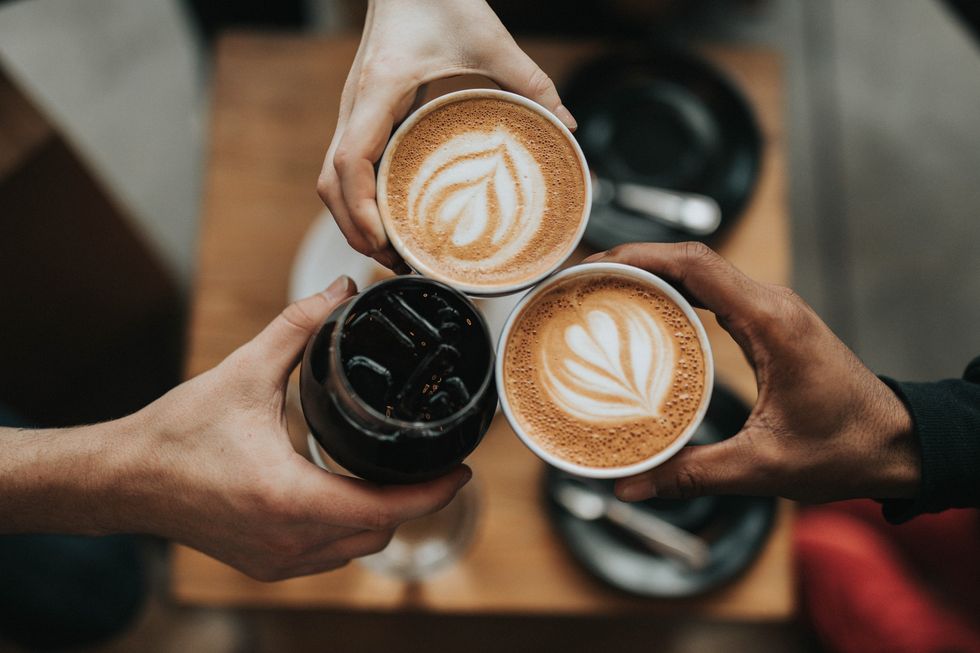For so many of us, we need coffee in order to function. A lot of coffee. It’s crazy what caffeine can do to us, but that’s for another post. In the U.S. and across Europe, coffee is consumed in astonishingly high amounts, and the business around coffee is booming without any signs of slowing down, because as we all know, caffeine is highly addictive and we’re all going to be under the reign of coffee for probably as long as we live.
With the insanely high consumption of coffee in the West, there is also an increase in the caring, so to say, of where coffee comes from. The trend of actually taking time to consider where everything you buy comes from and caring about the process of how it got to you and who all it impacted has been increasingly applying to coffee, which is great, because I don’t think that most people take into consideration where that cup of coffee in their hand came from, they just know that they need to drink coffee in order to make it through the day.
With an increase in caring about where our coffee comes from, comes an increase in businesses trying to move towards fair and sustainable production and the advertisements of how their coffee is “fairtrade.” This is great, because when people are forced to look at signs that talk about how a company’s coffee was sourced, they are forced to think about it. It’s super cool that companies are increasingly starting to actually pay attention to where their coffee comes from and who it affects.
So, let’s go into some background of where coffee comes from. Coffee can only be grown in the “Beam Belt,” a.k.a. from the Tropic of Cancer to the Tropic of Capricorn, and at high elevations for the best quality. Countries such as Brazil, Colombia, Vietnam, Indonesia, and Ethiopia constantly come out on top for “largest producers of coffee.” All coffee companies source their coffee from farmers in this region and pay them for their harvests of the beans, but sadly, most of the time these small-range farmers are not paid fair wages for their products and therefore lower the quality of their work and don’t pay their employees fair, or even livable wages.
The growing of coffee beans is terrible for the environment because with the coffee craze that we live in, more and more land is being taken away in order to make room for coffee farms. In addition, I would say that most of us are willing to spend $2-5 on one cup of coffee, and for many of the employees on a coffee farm, they aren’t even paid $2 a day. That’s crazy.
One thing to look out for when buying coffee is to see if it is Rainforest Alliance Certified. The Rainforest Alliance aspires to certify products that are environmentally, socially, and economically sustainable, which means that the owner of the coffee farms are paid fair wages so they can then pay their employees fair wages and work towards not totally killing the environment with their farms.
When you buy a cup of sustainably sourced and fair coffee, you are contributing to the environment and the well-being of thousands of people around the world. Easy as that.
Take some time to look into fair trade coffee and which kinds actually are fair trade, because with such a growth in this industry, many companies advertise that they have jumped on the bandwagon but have not actually done the work.
You should care about where your coffee comes from and how it impacts the environment and the farmers that grew it simply because you can and it truly matters.

















